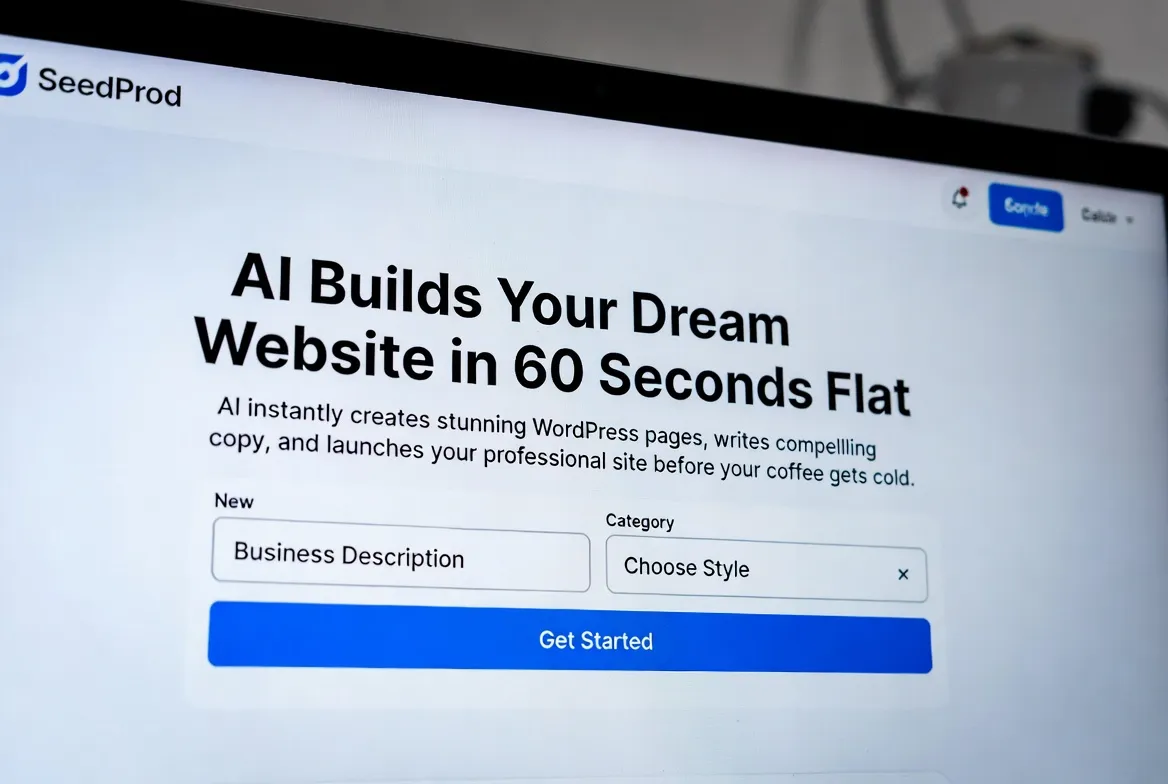When you browse the internet, you encounter websites like google.com, wikipedia.org, or gov.in. Have you ever wondered what the last part of a web address—the “.com,” “.org,” or “.in”—really” means?
That’s what we call a Top-Level Domain (TLD). This small string of letters plays a big role in the digital world. Whether you’re starting a blog, launching a business, or just curious, this guide will help you understand TLDs in a simple and practical way.
What Is a Top-Level Domain (TLD)?
A top-level domain is the last segment of a domain name, located after the final dot.
For example:
- In
www.hinduhum.net, the TLD is.net - In
www.unesco.org, the TLD is.org - In
www.nic.in, the TLD is.in
Think of a TLD as the “category” or “type” of a website, often reflecting its purpose, location, or nature.
Types of TLDs
TLDs are broadly classified into three categories:
1. Generic TLDs (gTLDs)
These are the most common and open to anyone.
Examples:
.com– Commercial websites (business, personal, or general-purpose).org– Organizations (mostly non-profits).net– Originally for networks but now open for general use.info,.xyz,.online,.site—Newer gTLDs used for diverse purposes
2. Country Code TLDs (ccTLDs)
These represent specific countries or territories.
Examples:
.in– India.uk– United Kingdom.us– United States.jp– Japan
Many local businesses and government websites use these to show regional identity.
3. Sponsored/Restricted TLDs
These are specific to particular organizations, sectors, or communities.
Examples:
Related Posts
.edu– Educational institutions.gov– Government entities.mil– Military.bank– Banking industry (requires verification)
How to Choose the Right TLD?
When picking a domain for your website, the TLD you choose can affect your brand and trustworthiness. Here’s how to decide:
| Goal | Recommended TLD |
|---|---|
| Global Business or Blog | .com, .net, .xyz |
| Non-Profit Organization | .org |
| Local Business in India | .in, .co.in |
| Education Website | .edu (if eligible) |
| Personal Portfolio | .me, .site, .name |
Are Some TLDs More Trustworthy?
Yes. Some TLDs, like .gov, .edu, and ,.mil are heavily regulated and only issued to verified entities. That’s why they’re often seen as more credible.
However, popular TLDs like .com, .org, and .in are also trusted—especially when backed by strong content and secure hosting.
Fun Fact: There Are Over 1,000 TLDs!
With ICANN (the global authority on domain names) allowing new TLDs, you’ll find creative ones like
.tech– For tech startups.store– For eCommerce.blog– For bloggers.guru, , .ninja.design, and more!
You can use these to stand out and brand your website in a fun way.
Final Thoughts
Although often overlooked, Top-Level Domains (TLDs) significantly influence how a website is perceived and discovered online. Whether you’re establishing a business, creating a personal portfolio, or simply exploring web development, selecting the appropriate TLD is a strategic decision that can enhance credibility, visibility, and user trust from the very beginning.
So next time you visit a website, take a moment to notice that little ending—it tells you more than you might think!



